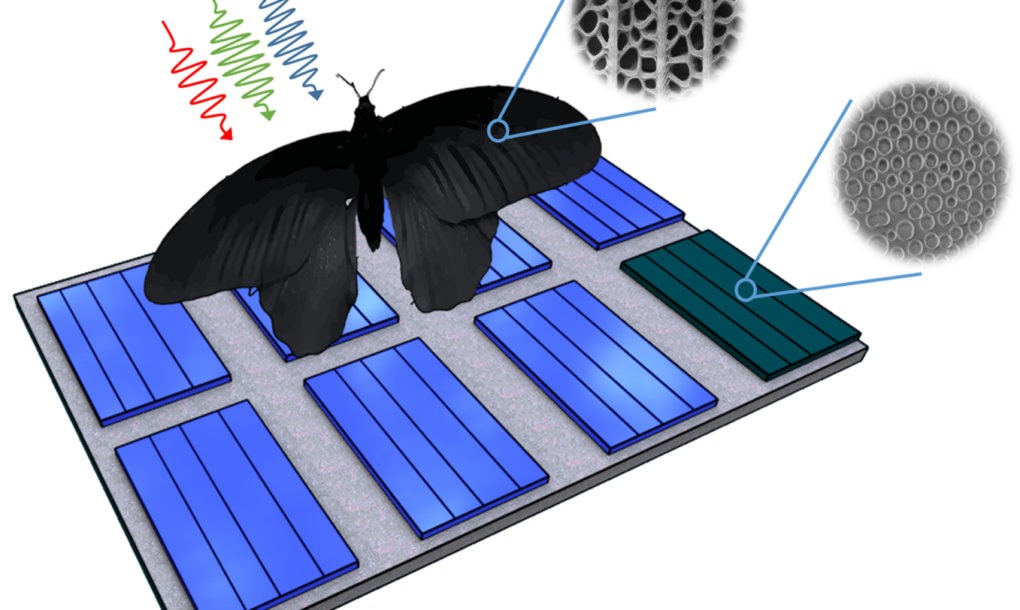RECOMMENDED VIDEOS

Ertex Solar BIPV Panel Quality and Durable Test
ertex solartechnik GmbH

Colt International - Energy efficient buildings
Colt International Ltd UK

Sach Eco Product Video
BPC Ventilation Ltd

Giantbright : LED Lighting Fixture & LED Components
Giantbright Technology Co. Ltd.

JinkoSolar : Eagle Series Polycrystalline - PID Free MOdule…
JinkoSolar Co.,Ltd.
Related Stories
The largest solar farm apiary in the US opens this week
The City of London will be powered with 100% renewable energy by October 2018
New study suggests that plastic waste may be transformed into usable energy
Uravu’s zero-electricity Aqua Panels produce gallons of water from thin air
104% of Portugal’s electricity consumption in March came from renewable energy
22 Dec, 2017

Black butterfly wings provide inspiration for superior solar cells
Renewable Energy & Energy Efficiency | UNITED STATES | 31 Oct, 2017
Published by : Eco Media Asia
Researchers recently took cues from butterflies to design thin film solar cells that can better absorb light. The rose butterfly, common to India, has soft black wings that keep the insect warm with the sun’s heat. Mimicking the design of the butterfly’s wings, the scientists created a solar cell that The Verge reports can gather light twice as efficiently.
California Institute of Technology and Karlsruhe Institute of Technology researchers went to naturefor inspiration for improved solar power technology. They scrutinized butterfly wings under an electron microscope and discovered the wings’ scales were pockmarked with holes, which are under one millionth of a meter wide, according to The Verge. These holes not only allowed the wings to be lighter, but scattered light so the butterfly can absorb more heat.

The holes are random in shape, size, and distribution, according to Radwanul Siddique, lead author of a study recently published online in the journal Science Advances. Computer models helped the scientists realize the shape wasn’t important for absorbing light, but position and order did matter.
The scientists utilized hydrogenated amorphous silicon sheets, according to Phys.org, to create similar structures. A top layer had small holes that could scatter light, allowing it to hit the silicon base. This design collected around twice as much light as others. They were able to create their solar cells with a five- to 10-minute process.
Thin film solar cells could be more efficient than traditional solar panels, according to Phys.org, if they could operate for longer time periods. This new research could move thin film solar technology forward: The Verge reports solar panels with the butterfly wing-inspired design could allow the panels to produce more power during the day.
Article from inhabitat.com
by Lacy Cooke
